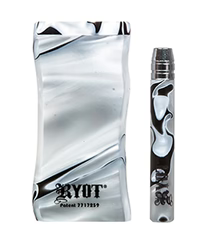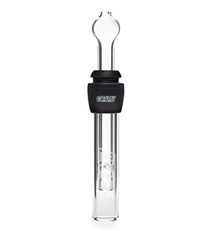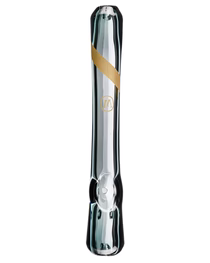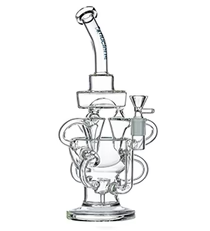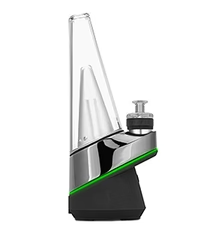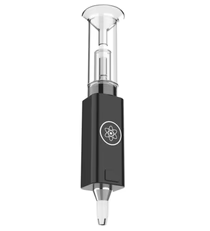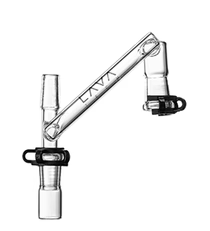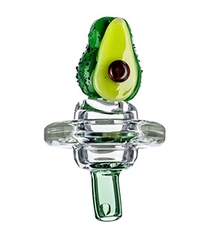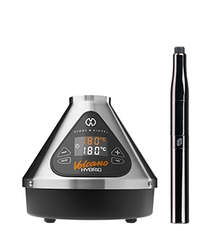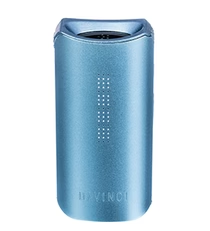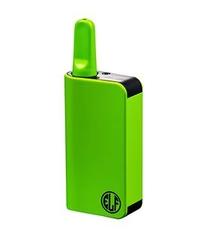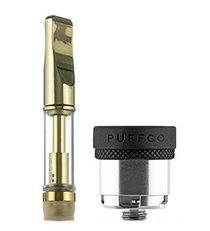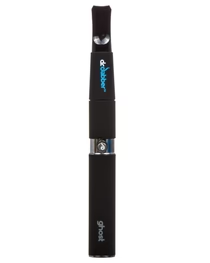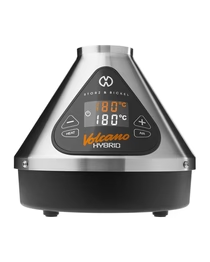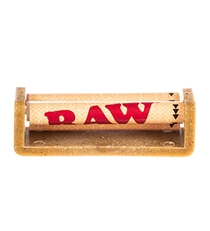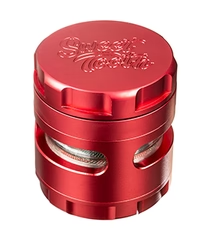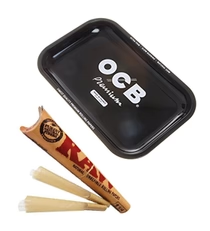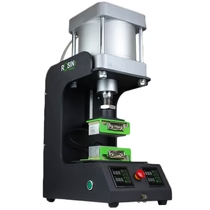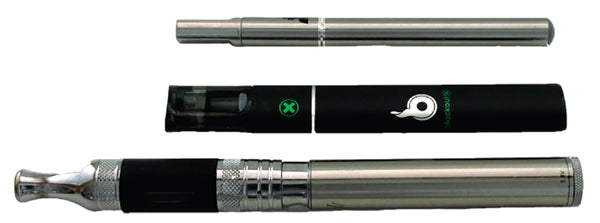
Ancient History
Despite being considered The Father of History, 5th century Greek historian Herodotus’ claims are generally taken with a grain of salt. Since he was the founder of History as an academic discipline, some of his wilder claims went unchallenged during his day. Keep in mind that much of the over-the-top action film 300 was based on his “observations” of the Battle of Thermopylae. Herodotus might not be the most trustworthy historian, but one account of his that has gained mainstream acceptance is the first sighting of herb vaporization:
“The Scythians take some of this hemp-seed and throw it upon the red-hot stones; immediately it vaporizes and gives out such a vapor as no Grecian vapor-bath can exceed; the Scythians, delighted, shout for joy.” (A .C Kimmens’ “Tales of Hashish” 1977, from Herodotus’ “Histories,” Vol. 4)
National Geographic found evidence to support the possibility of these rituals: gold cups were found in a Scythian grave mound that had sticky herbal residue in them, meaning that they also utilized the first concentrate jars! It’s easy to forget, as modern folk, that technology doesn’t inherently mean silicon chips and polymers. In the 5th century, smoking engineers were the people who knew that hot rocks and seeds made for an awesome party. The Pre-Iran region where the Scythians ruled is well-known for originating the most enduring vaporizer in history the hookah water pipe. Yes; despite the lack of a USB port and a rapper’s endorsement, a hookah is still technically considered a vaporizer, albeit a relatively low-powered one. Sometime between 1535-1542, hookah use became popular in India as well, especially once the Europeans introduced tobacco around 1600.
The 1900s
You probably know the rest of the story: hookahs lead to water bongs and bubblers and dab rigs and so on. But what about the simple idea that the Scythians had; the instant vaporization of dry herbs? Their method didn’t involve flames or water like bongs and hookahs; it was achieved through thermal conduction (transfer of heat through an object).
The next innovation upon this premise came from 1927 American inventor Joseph Robinson, who held the first patent for an electric vaporizer; what we would now consider an electronic cigarette. There’s some controversy over whether Robinson should get this honor: in 1960, Herbert Gilbert filed a patent for the e-cigarette which was the basis for Emperor Brand Electronic Cigarettes, founded in 1963. Regardless of credit, both inventors’ designs fell into obscurity. Their failures are often blamed on pressure from “Big Tobacco” to not challenge the cigarette industry.
The 2000s
In 2003, the e-cigarette industry got its first commercial model from Chinese pharmacist Hon Lik, a design that used a “high frequency, piezoelectric ultrasound-emitting element to vaporize a pressurized jet of liquid containing nicotine.” For those of us who aren’t mechanical engineers, piezoelectricity refers to the electricity created by the e-cig’s mechanically-stressed ceramic, which is the basis of a ceramic oven slightly similar to the Scythians rock vaporization method. Hon Lik’s design sailed westward in 2006 and was picked up and improved by companies such as KangerTech. Smokers worldwide puffed away on e-cigarettes, which were marketed as a healthier (and cooler) alternative to conventional cigarettes.

Six years prior to Hon Lik’s groundbreaking e-cigarette model, German graphic designer Markus Storz’ search for a decent desktop vaporizer (a large vaporizer designed to be used at home) turned up nothing that met his standards. So he made his own: The Volcano. While there were desktop vaporizers prior to the Volcano, Storz’ model was far superior in quality. Shaped like the landform which gives it its name, the Volcano has a heating chamber where dry herbal blends are placed. When the vaporizer is switched on, a fan located inside the device allows air to circulate through the heating chamber, providing the necessary vaporization. The vapor is captured by a food-grade plastic bag for inhalation. When the Volcano was ready for distribution in 2000, Jurgen Bickel was such a fan that he went into business with Storz, forming Storz & Bickel. Today, Storz & Bickel’s Volcano is an icon for vaporizers, being prominently featured in films such as Seth Rogen’s This Is the End and Snoop Dogg’s Mac And Devin Go To High School. Storz & Bickel’s success coincided with that of Vapor Brothers and Vapir, who created, respectively, the classic VB1 and Rise line of desktop vaporizers in the 2000s.
Today
Vaporizers have now become a common sight, whether it be an e-cig in the hand of a pedestrian or a Volcano in the middle of a party. The principles set forth by the Scythians, Robinson, Gilbert, and so on are still being utilized with some new technology being introduced. India-based Vaporite has introduced Bluetooth into the vape pen market with it’s Dual-Use Amber Mini Protank, which allows it to sync with computers in order to record and control your smoking schedule.
The promise of vaporizer engineers has always been that the smoker can have complete control of what and how he/she inhales, and the industry has nearly reached that point. With vaporizers, everything continues to rise.









